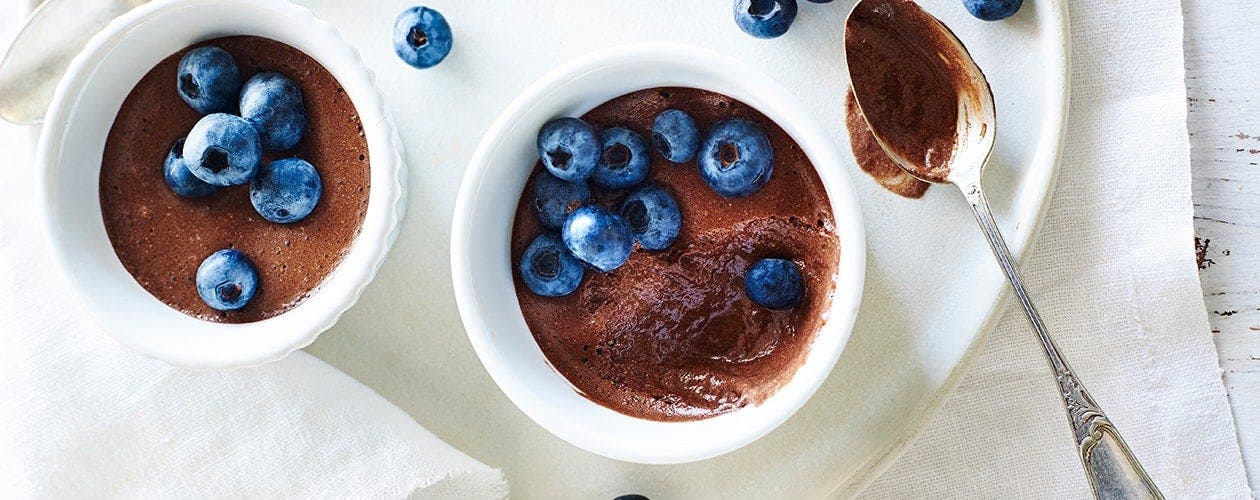The ultimate chocolate recipe collection for chocolate lovers


At WeightWatchers®, there’s no food that’s off the menu—even chocolate. Sure, sweetened chocolate can be higher in Points (thanks to ingredients like butter, sugar, and oil used in production), but you can certainly enjoy it within your budget and in the context of a health-promoting pattern of eating.
Cocoa powder is an ideal flavour-boosting ingredient. It’s super versatile, making it easy to use in all types of recipes.
Is chocolate good for you?
By weight, chocolate has one of the highest levels of polyphenols compared to many other foods. In fact, these antioxidant compounds are found in greater amounts in chocolate with higher percentages of cacao. Diets high in polyphenols have been linked to heart-health benefits, like improving chronic inflammation and lowering blood pressure. But since polyphenols are found in abundance in loads of other nutritious foods that serve as the foundation of your everyday meals and snacks, the real benefits of chocolate come from the fun and flavour it can bring!
But not all chocolate is created equal. Our tip is to splurge on good quality chocolate. Good quality dark chocolate contains less sugar than cheaper, more processed varieties and will give bakes a much richer, more chocolatey flavour. You’ll need less of it too. Look for chocolate with at least 70% cocoa solids.
How chocolate is made
In order to understand the differences between types of chocolate, we first need to understand how it is made. All chocolate is made from the beans of the tropical Theobroma cacao tree cultivated in Mexico and Central and South America. In their natural unprocessed state, cacao beans are intensely bitter. To become chocolate as we know it, the beans are fermented, dried and roasted, then cracked open to extract the cacao nibs from the shells. The nibs are then ground into a cocoa mass, also known as chocolate liquor, which is pure chocolate in a rough form.
At this point, other ingredients (sugar, dairy products, vanilla and other flavourings) may be added, and the chocolate gets its final processing —conching— in which large machines knead the chocolate mass and create a smooth texture. High-quality chocolates are conched for up to 72 hours, lesser-quality chocolates for just a few hours.
From chocolate cakes, brownies and cookies to cupcake recipes, these indulgent desserts are the real deal.
